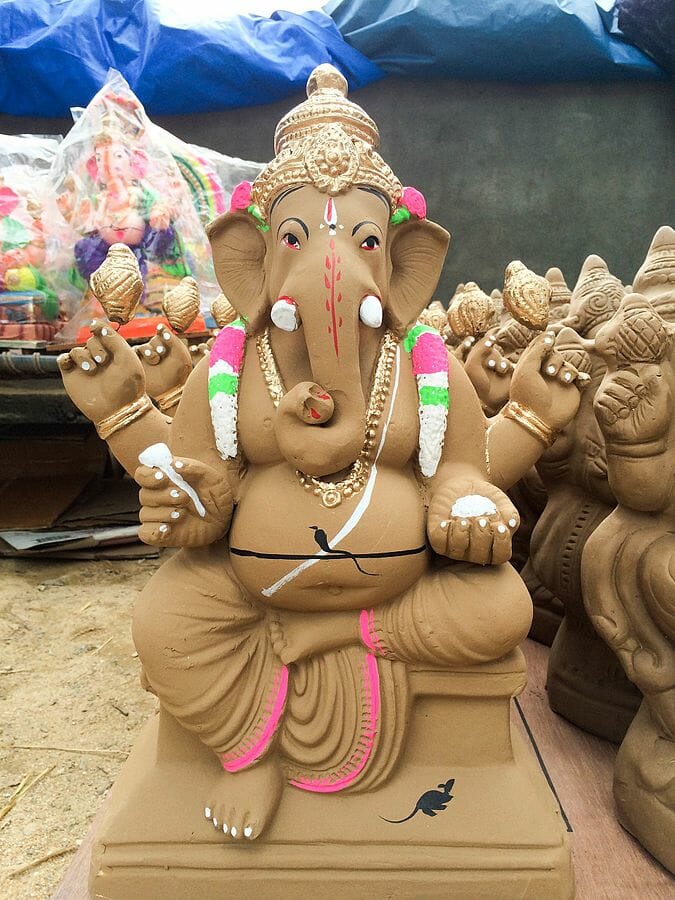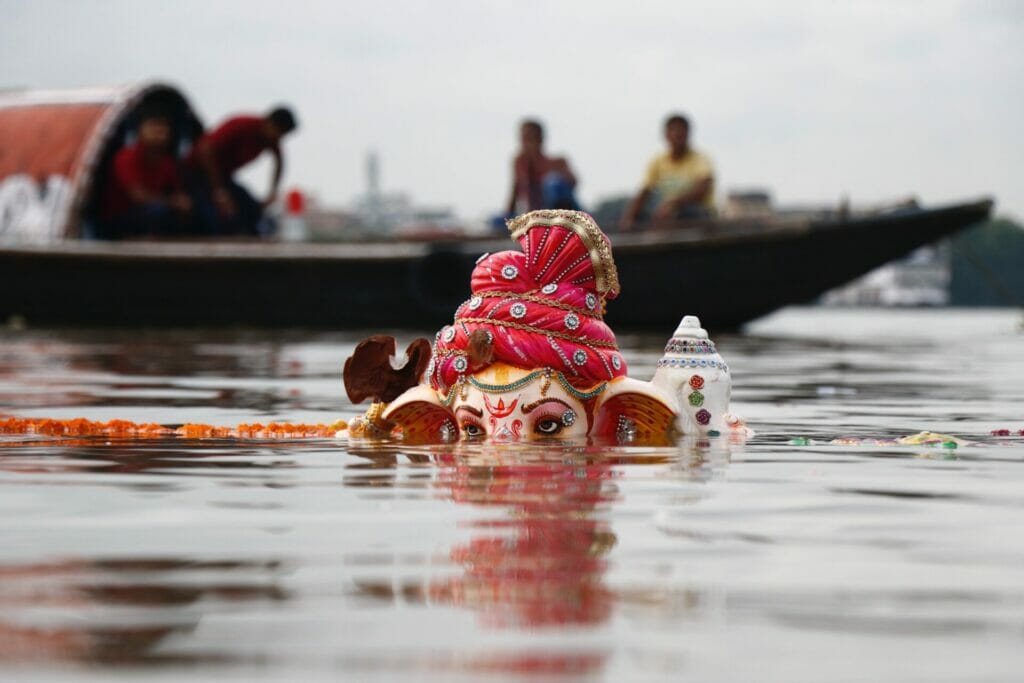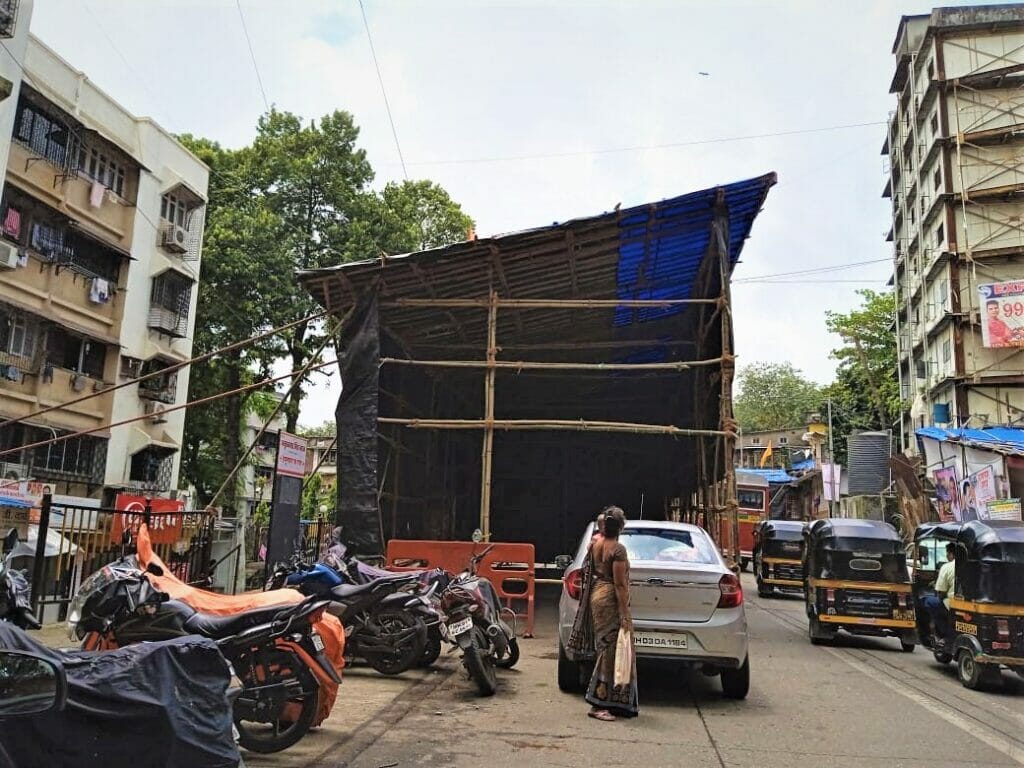With the pandemic threat now largely behind us and life returning to normalcy, this year has witnessed a notable shift in the enthusiasm of citizens and approach of state and civic authorities towards the Ganesh Chaturthi festival. In contrast to previous years, many groups wish to celebrate and the officials have eased many restrictions, and also encouraged and promoted greater celebrations.
In Mumbai, the Brihanmumbai Municipal Corporation (BMC) has been inundated with as many as 3,500 applications from Sarvajanik (public) Ganeshotsav mandals from various parts of the city. Among these applications, 2,900 have already received a go-ahead for their festive arrangements. Of these, 300 applicants faced cancellation due to various reasons.
Meanwhile, the BMC is processing the remaining applications, ensuring that all arrangements align smoothly for the upcoming 11-day festival, slated to be celebrated from September 19 to 28.
One window processing
Traditionally, these mandals had to obtain permissions separately from the BMC, traffic police, and local police stations to set up their pandals. However, this year, chief minister Eknath Shinde has directed the civic body to establish a one-window system for streamlined processing.
He also announced five days permission instead of the usual four days for mandals to use loudspeakers till midnight during the Ganpati festival. He instructed authorities to give permission for five years to erect pandals, provided they remain at the same spot during the 10-day festival.
The chief minister also waived the fees that Ganesh mandals pay to obtain various permissions. “The Covid situation has returned to normalcy, the festival must be celebrated,” he stated.
Read more: Soaring noise levels during Ganesh festival underlines the need for citizen action
Eco-friendly Ganesh idols
The BMC mandated that all household idols must be crafted from eco-friendly materials and not exceed four feet in height. Additionally, the civic body had also instructed idol makers to mark a green circle for eco-friendly idols and a red circle for idols made of Plaster of Paris (POP) on the backside of the right shoulder of Ganesh idols. However, this decision of marking the idols did not sit well with the Ganeshotsav mandals.
Naresh Dahibavkar, the president of the Brihanmumbai Sarvajanik Ganeshotsav Samanvay Samiti (BSGSS), expressed concerns, stating, “Marking Ganesh idols will hurt the sentiments of the devotees.” Guardian minister Mangal Prabhat Lodha also wrote to municipal commissioner Iqbal Singh Chahal regarding the issue. In his letter, he suggested that instead of marking the Ganesh idols, civic authorities should explore alternative solutions.
The BMC finally considered these requests and withdrew the mandate to mark the idols. However, the civic body still emphasised the importance of using environmentally friendly Ganesh idols in all households.

Artificial ponds for immersion
This month, the Bombay High Court, directed the BMC and local bodies to make adequate arrangements for safer immersion of idols throughout the city and in the suburbs as per the guidelines issued by the Central Pollution Control Board (CPCB) and 2018 HC order.
The civic body has distributed 450 metric tonnes of eco-friendly white clay (Shaadu) to idol makers out of a total procurement of 2,400 tonnes. Ward officers have offered free spaces for Shaadu idol makers and appealed to devotees to use eco-friendly materials. They have also urged immersion in the civic body’s 191 artificial lakes/ponds.
Around 66,127 households and Sarvajanik (public) Ganesh idols were immersed in 154 artificial ponds in 2022. As per civic records, more than two lakh household idols were recorded during the Ganesh festival across the city.

Filing up potholes before the festival
To improve road safety and traffic during the festive period, the BMC is undergoing a campaign aimed at fixing potholes on several major and minor roads across Mumbai. These roads, which witness a substantial influx of devotees and vehicles during the festival, will be repaired and restored.
According to BMC officials, a detailed route map, outlining the paths taken during the arrival and immersion processions, will be charted. This map will serve as a strategic guide for prioritising and executing the pothole-filling initiatives.
Mastic asphalt, a durable and resilient material, will be used to fill these potholes. A nodal officer has been appointed to oversee operations in each of the 24 municipal wards, added the officials.
Earlier this year, in July, BMC initiated a tender worth Rs 36 crore for the extensive task of pothole repair throughout the city. The officials stated that no fresh funds have been allocated for the road repairs during the festival.
Traffic diversions
Earlier this month, the Mumbai traffic police issued a list of traffic restrictions and diversions in various parts of Mumbai ahead of the arrival of many Ganpati idols (Ganpati Aagman).
Anticipating large crowds at these processions, which could potentially result in traffic congestion on specific routes, authorities have implemented bus diversions and traffic arrangements.
Meanwhile, motorists travelling from Mumbai, Thane, Palghar, and Navi Mumbai to Konkan for the Ganesh festival should be prepared for additional travel challenges. To manage the expected traffic surge during the festival, authorities have designated eight alternative routes between Kalamboli in Navi Mumbai and Chiplun in Ratnagiri district. These diversions will add extra distances, ranging from 2.5 km to 127 km compared to the usual Mumbai-Goa highway routes due to the increased number of buses and vehicles during Ganesh festival.

Festival policy
The civic authorities and the police have been trying to keep the entire festival under control by implementing various rules and regulations. An overall policy looking at celebration of such festivals especially in a city like Mumbai with a massive population, is the need of the hour.
A division bench of the Bombay High Court, earlier this month, in its order, asked the civic authorities to revisit and consider its policy regarding permissions being granted for the celebration of festivals on public roads. The bench raised its concern about the manner in which the policy regulating celebration of such festivals has been framed. It noted that it does not take into account the inconvenience and traffic congestion in public streets and public squares of Mumbai.
The bench said that there is steady increase in the density of population in most of the areas of Mumbai but the capacity of the public roads and public amenities has not increased proportionately. The high court emphasised that policy makers should consider whether permission should be granted to celebrate festivals in public streets.
The bench further added that traditions and cultural practices must also evolve with changing times and changing demographics of the city.
The bench said, “If it is contended by anybody that such celebrations are part of traditions, culture and social mores of the glorious city of Mumbai, the traditions and cultural practices must also evolve with changing time and changing demographics of the city.”
| Helpline for complaints during the festival BMC Centralised Complaint Number 1916 MyBMC WhatsApp Number +918999228999 BMC Officers’ Contact Numbers/E-mail Click here BMC social media (Citizens can tag any issues along with images at BMC’s X (Twitter) handle) @mybmc |